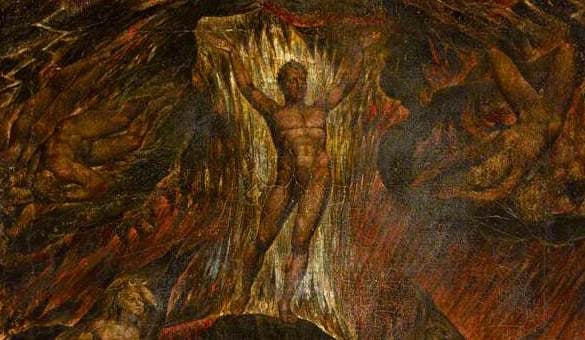For Paul Kingsnorth, our perspective on Artificial Intelligence (AI) is as narrow and near-sighted as a teen hunched over a smartphone’s glow. He believes we must consider AI technology from a spiritual frame, and when we do we will see that demonic forces are at play in the technology. This only makes sense, Kingsnorth believes, because: “if you take the Christian worldview seriously [and] if you… believe in the demonic realm… [that] seek[s] to take us away from God all the time [then] those [demonic] forms are going to manifest in the material world and they are going to manifest through technology… because that’s the best way… to get our attention.”
Login to read more
Sign in or create a free account to access Subscriber-only content.
Topics:
